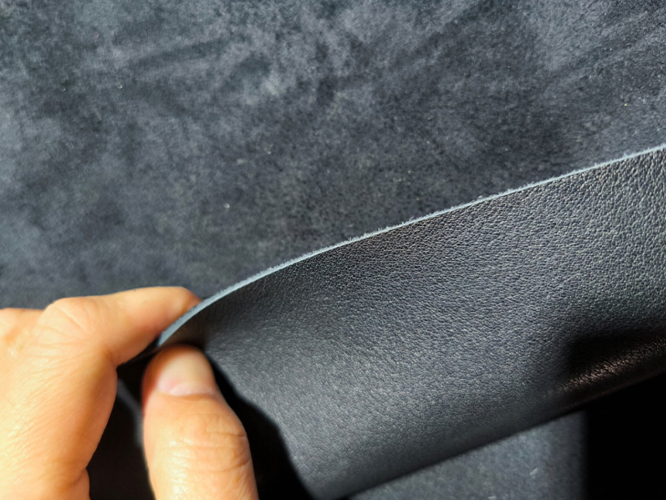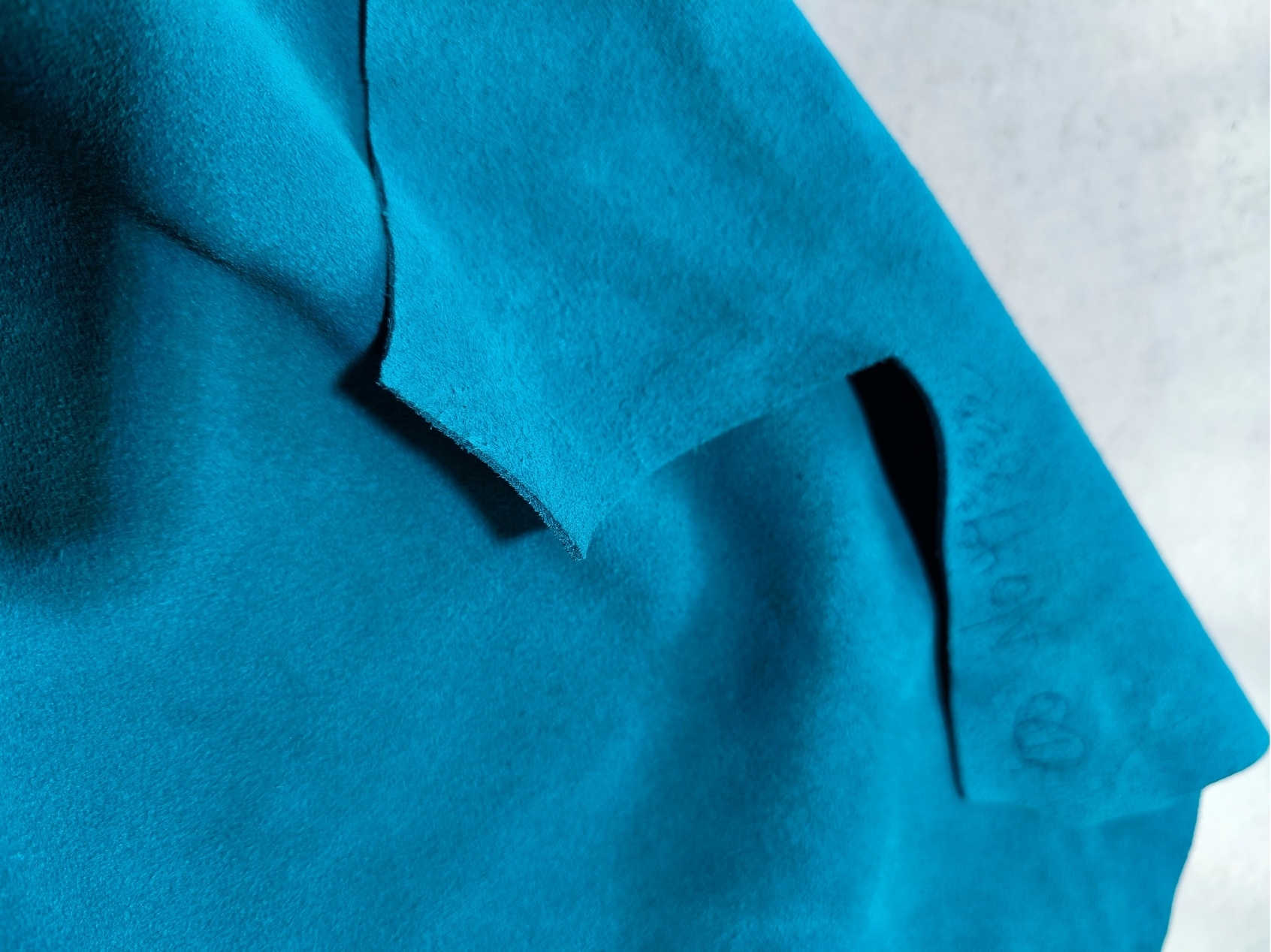When sourcing shoes for your business, it’s essential to know how to distinguish between real leather and synthetic leather. Today Vicente will share some tips that will help you ensure that the shoes you're purchasing meet the quality standards your customers expect, while also helping you make better purchasing decisions. Here are some specific ways to tell the difference:
Tip 1, Check the Surface Texture
Real leather is unique in its texture. When you examine it closely, you’ll notice natural imperfections such as pores, small scars, or wrinkles. These marks come from the hide of the animal and are a sign of genuine leather. If the leather looks perfectly smooth or has an artificial, uniform pattern, it's likely synthetic. You may also notice that the grain of real leather has slight variations that give it a natural, one-of-a-kind appearance. In contrast, synthetic leather often has a stamped or embossed grain pattern that looks too perfect and consistent.
Tip 2, Feel the Material
Genuine leather has a soft, supple feel that’s hard to replicate with synthetic alternatives. When you press your fingers against real leather, you’ll notice that it yields slightly and then returns to its original shape. It should also feel warm to the touch. On the other hand, synthetic leather usually feels more rigid or stiff. If you bend it, it might feel more like plastic and doesn’t return to its shape as naturally. Additionally, synthetic leather often lacks the softness and flexibility that real leather develops over time.
Tip 3, Examine the Edges and Stitching
The edges of real leather shoes are usually rougher and more uneven because leather is a natural material and has an organic structure. These edges may be stitched or finished with care, but they often retain a raw, natural look. Synthetic leather, however, tends to have smoother, more uniform edges. You may also notice that synthetic leather shoes are often finished with a plastic-like coating on the edges. Look closely at the stitching as well—real leather shoes are generally more carefully stitched with durable threads, while synthetic leather shoes may have poorly finished or inconsistent stitching.


Tip 4, Perform the Smell Test
Real leather has a distinctive, earthy smell, often described as rich and natural. This scent comes from the oils in the leather and the tanning process. Synthetic leather, however, often has a more chemical or plastic smell, especially when it’s new. If you’re in a well-ventilated space, a quick sniff can help you determine whether the material is real leather or a synthetic substitute.
Tip 5, Check for Wear and Aging Signs
Real leather gets better with age. As customers wear the shoes, the leather will develop a patina, a natural darkening and softening of the material that adds character. This aging process also makes the shoes more comfortable. If you see a pair of shoes that’s been worn for a while but the leather still looks almost perfect, it might be synthetic. Synthetic leather doesn’t develop the same patina over time. Instead, it may crack or peel after extended use, especially if the material is low-quality.
By keeping these tips in mind, you'll be able to make smarter, more informed purchasing decisions and ensure that you’re getting the quality your customers expect.
Post time: Jan-09-2025









